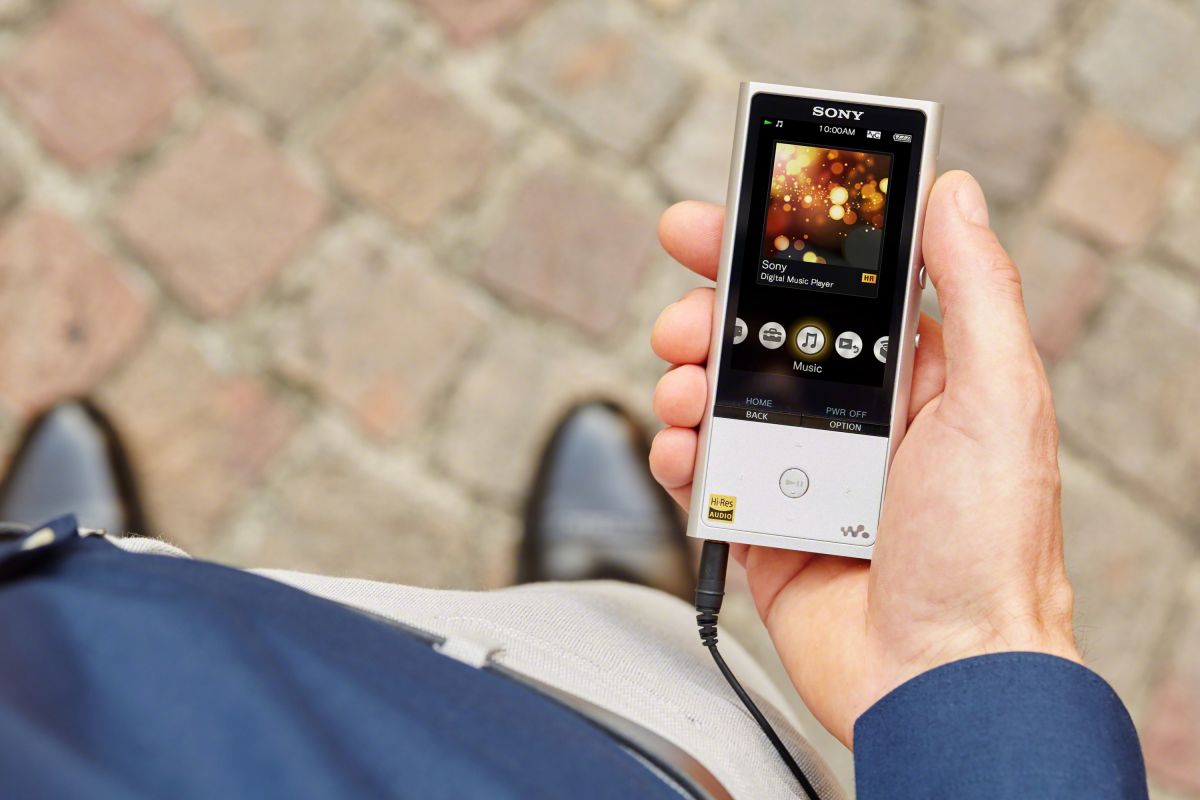
Getting better sound into your ears
As the relentless sales of headphones show, when it comes to music we care a great deal more about sound quality than mobile phone manufacturers do.
After years of poor -quality digital audio forced on us by terrible earbuds bundled with the phones and low-grade MP3 files, suddenly we’re seeing a slew of top-end phones packing the ability to fire out powerful sound with premium quality.
A core component of this is the advent of Hi-Res Audio, which is now on the cusp of taking the mobile world by storm. Here’s why, and how, it could be the audio upgrade that makes perfect sense for superior sonics across all your devices, not just your phone.
What is Hi-Res Audio?
Hi-Res Audio (HRA) is lossless audio capable of reproducing the full range of sound from recordings that have been mastered from better-than-CD quality music sources, a sound that closely replicates the quality that the musicians and engineers were working with in the studio at the time of recording.
Despite HRA recently gaining popularity, it isn’t new. It has actually been around for over a decade and has a growing number of dedicated fans willing to fork out a bit more cash for the privilege of listening to Hi-Fi quality tunes both at home and on the go. The difference is that now it’s set to become accessible to everyone.
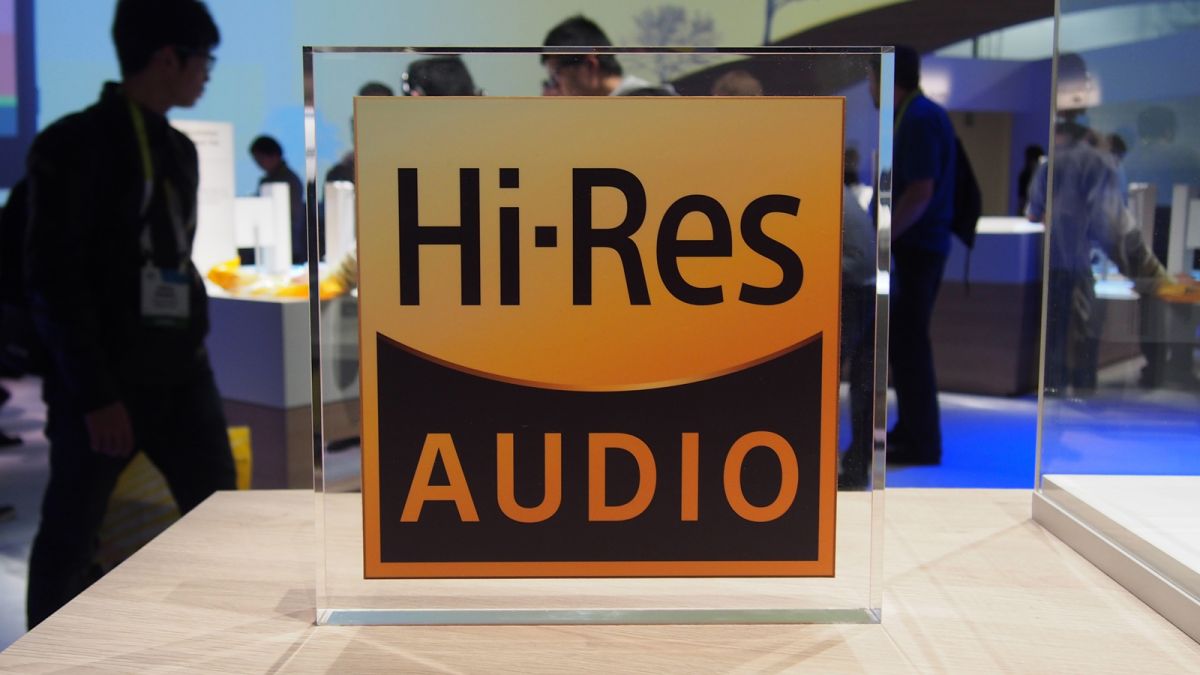
Despite sounding pretty amazing, it’s not hard to understand the slow update of HRA – after all, the music files are a fair bit larger than MP3 or iTunes’ AAC so they take longer to download and can gobble storage on mobile devices like penguins tucking into a fish supper.
Compared with iTunes and Amazon MP3 files too, HRA tracks are more expensive to buy and most popular digital music vendors don’t even sell Hi-Res Audio tunes (yet).
There’s also the fact that to listen to HRA you need the right hardware and software, with most playback devices including mobile phones, portable music players and computers not equipped as standard to get the full benefit.
Even the world’s most dominant multi-room music provider Sonos resolutely refuses to embrace Hi-Res Audio – because it says it’s not mainstream enough – but others including the likes of Bose and Bluesound do.
But the barriers are starting to crumble. Fuelled by increasingly more affordable storage, better-quality playback hardware and faster, more affordable broadband and 4G downloading, HRA is arguably no longer prohibitively too expensive, nor are its files too large to download and store when compared with MP3.
Of course, it’s important to choose your equipment carefully and to understand what it is that makes HRA different.
Oh, and if you’re put off by the nay-sayers who claim humans can’t hear anything beyond 20kHz just take the opportunity to listen to some HRA tracks and see – or hear – for yourself what a difference it makes.
What difference does it really make?
Let’s look at some numbers: the highest quality MP3 track has a bitrate of 320kbps, CDs are transferred at 1,411kbps and a 24-bit/192kHz file is transferred at a rate of 9,216kbps – the latter being the level now considered HRA.
The increased bit depth of HRA improves the dynamic range, basically giving you a greater breadth of things to actually hear from the recording.
The best way of describing it is to imagine looking at a beautiful countryside scene on a sunny day through a smeared window. That’s the MP3 version. Clean the windows and you have the CD with much greater detail and clarity. But open the window and welcome to the Hi-Res version, where the eye can pick out pinpoint detail that you didn’t realise was missing.
Once you’re equipped with some decent Hi-Res gear the thing most likely to spoil the party will be poorly recorded or mastered music, like a great black cloud blocking out the sunshine.
Play your favourite tracks however and expect to be taken to unprecedented levels of enjoyment and make emotional connections you never imagined possible.
Where did HRA come from?
Hi-Res Audio sprung out of a desire to produce music that was superior to CD and that more closely reflected the original studio master, and in the late 1990s two optical disc formats emerged.
Panasonic and Toshiba co-developed DVD-Audio, recording using a similar technique to CDs but with more data, while Sony and Philips brought SACD (Super Audio CD) to market as an alternative, yet also superior to compact disc, format.
Here was the issue though: while there was a clear desire for this new level of sound performance in audio storage, both formats died (despite being well received by critics) as convenience took precedence over quality thanks to the appearance of download-friendly MP3s.
However, that didn’t mean high-quality audio disappeared – while it took a few years, the internet gave it a place to grow in quality organically to the level we now consider to be HRA.
By 2007 it was possible (if your internet connection was up to it) to download Hi-Res Audio files from iTrax.com, which was set up by a small US record label and recording studio called AIX.
Its founder Mark Waldrop was a firm believer in the superiority of 24-bit/96kHz recordings and with DVD-Audio in decline he started selling recordings which he described as High Definition Audio.
Gradually other retailers such as HDTracks.com, qobuz.com and HiResAudio.com came to the party and began selling Hi-Res Audio recordings from popular artists.
HRA received a big boost in 2014 when the Digital Entertainment Group, Consumer Electronics Association and The Recording Academy clubbed together to set out the official definition of what constitutes an HRA track (given above) along with the launch of the official HRA logo.
Now there are around a dozen providers including HDMusicStore, Bleep, Naim, 2L,7Digital and Onkyo Music. Many restrict which titles you can buy depending on your location, but you can use the following website to take the guesswork out of the process: http://www.findhdmusic.com/
Does it cost more to put on phones / other devices?
Indeed it does, since special Hi-Res Audio compatible decoders are required for playback. The good news though is that gradually the premium required to deliver HRA on a mobile device is dropping.
This is because chipset manufacturers have matured the technology to a point where R&D costs have been absorbed and performance is good enough to entice demand from mobile manufacturers in volumes that allow mass production.

Of course, as consumers we are at liberty to choose whether or not to pay the premium required to download Hi-Res Audio versions of music that we like: typically you can expect to pay an additional £5 / $5 for the hi-res version of a latest release.
Many labels and online shops have periodic sales and offer older albums and tracks at discounted prices.
What files are HRA and how can I hear them?
As Hi-Res Audio is an umbrella term for lossless audio, there are a number of file formats that can be used to house a song. Choosing between them is sometimes a matter of taste – like deciding to buy Nike trainers over Adidas, McDonald’s over Burger King. Here’s a list of the main ones:
ALAC (Apple Lossless Audio Codec) and FLAC (Free Lossless Audio Codec) are studio-quality lossless digital-audio formats of similar size and take up less room on a computer than AIFF and WAV files. ALAC is compatible with iTunes and other players, and is the recommended lossless format for iTunes.
APE is a free and very efficient lossless codec from Monkey’s Audio.
DSD (Direct Stream Digital) The high-resolution codec that originated with SACD (Super Audio CD) and commonly used for classical recordings.
MQA (Master Quality Authenticated). A new lossless codec of about one-third the size of FLAC. It applies a digital fingerprint to guarantee a file was sourced from the original master recording. MQA files are backward-compatible with FLAC decoders but require MQA decoders to unlock their full benefit.
WAV is an uncompressed studio-quality file, compatible with different players including iTunes, Windows Media Player and Winamp.
Choosing the right file for you really depends on how you listen to your music. For example, an Apple Mac can play most HRA files in iTunes but it won’t accept FLAC. For this you need audio player software such as Audivarna Plus, £46/US$74/AU$86)
You will also need to invest in something called a DAC (digital-to-analogue converted) to ensure you’re getting the most out of your music.
Now, any device that outputs music contains a DAC in some form. This is what allows your digital music file to be converted to the analogue signal that ends up driving your speakers or headphones.
But in order to get the most out of your music, you’ll want to buy an external DAC to replace the low-quality audio chip contained within your device. This will need to be ‘asynchronous’ if you want your hi-res audio to really sing.
Without an asynchronous DAC the chances are you’ll have timing errors, or jitter, present in your audio.
Good examples include the Chord Mojo (£399, $599, AU$899) which bypasses the computer’s built-in DAC and converts the files to analogue at high resolution to massively improve your computer’s tinny output.

If you’re playing music from your PC, you will also need a media player such as MediaMonkey, or Songbird, both free, in addition to your DAC.
What about taking my Hi-Res Audio tunes out of the house?
If you see the official Hi-Res Audio logo or the words Hi-Res Audio listed in the features or specifications of any device, it’ll be able to play HRA files.
Together, those files and the hardware will deliver audio to your auditory canals that’s better quality than MP3 or CD – so long as your headphones are up to the job.
So you could pair a tablet with a DAC or carry a hi-res portable player such as Sony’s NWZ-A10 (£170, NWZ-A17 in the US for US$299), NWZX100S in Australia (AU$799), which has the convenience of being pocketable and uses the familiar Android user interface.
At the high end of the market you’ll find Astell&Kern with models such as the AK380 (£2,999 $3,500, AU$4,800) which adds native DSD playback and aircraft-grade construction to the party.
It’s worth remembering that while some phones can play HRA files, they’ll suck the power right out your handset. With that in mind, a separate digital audio player frees up your phone for the business of WhatsApping or Snapchatting your mates and colleagues without fear of draining your power resources.
If you’re after great audio on the go, Tidal offers a good alternative to paying for and owning storage-hungry music tracks,1,411kbps, 16-bit/44.1 kHz FLAC and ALAC music streams.
High quality, certainly, but it’s worth noting it’s not strictly Hi-Res Audio.
In terms of mobile phones there are a growing number of models emerging equipped with Hi-Res Audio playback.
These include the HTC 10 and Sony Xperia Z5, while the new LG G5 has an Hi-Fi Plus clip-on module has taken the bull by the horns with its forthcoming Hi-Fi Plus ( £149, around US$200, AU$280), developed by B&O.

When it comes to the iPhone things get a bit more complicated because although you can store and play hi-res tracks (up to 24-bit/96kHz) on an iPhone, the in-built iTunes software on the device won’t play them.
To get around this you’ll need a third party app such as the free VLC player alongside plus Lightning-based headphones such as Philips M2L (£195, $299, AU$235 ) or an external DAC such as OPPO’s HA-2 (£259, $299, AU$449), that bypasses the iPhone’s own headphone jack. We’ve also got a guide outlining another couple of different iPhone DAC options which are available.
Welcome to your hi-res future
With so much Hi-Res Audio now available, music lovers have no excuse for limiting themselves to tracks that are ‘only’ CD-quality.
Now with the average capacity of our portable devices having reached frankly staggering heights it’s also possible to carry your Hi-Res Audio tracks with you wherever you go.
It might take a little bit more effort to set up your music system so it can get the most from your now supercharged music collection, but once you do you’ll notice details in tracks that you may have missed dozens of times before.
Source: techradar.com





































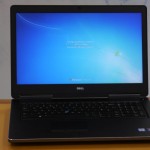
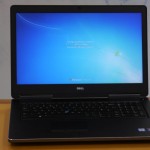

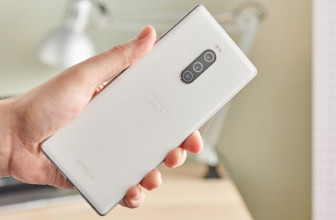
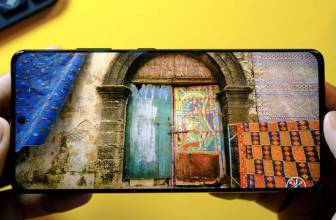
I can't wait to plug in my earbuds and hear the superior warmth and presence of Hi-Res Audio. The vivid mid-range and focused bass will be a big improvement over the dry "wringed out" sound of my current files.
To get ready for the upgrade I've already installed hospital-grade AC outlets for my USB phone chargers.
For external carry around dacs please also don't forget the new audioquest bla CV k and red dragonflys: thumb-sized devices, lightweight, nimble and unobtrusive. Red version is only $US200, getting great reviews.
Apple may need to offer a 256gb phone as they don't like SD cards.